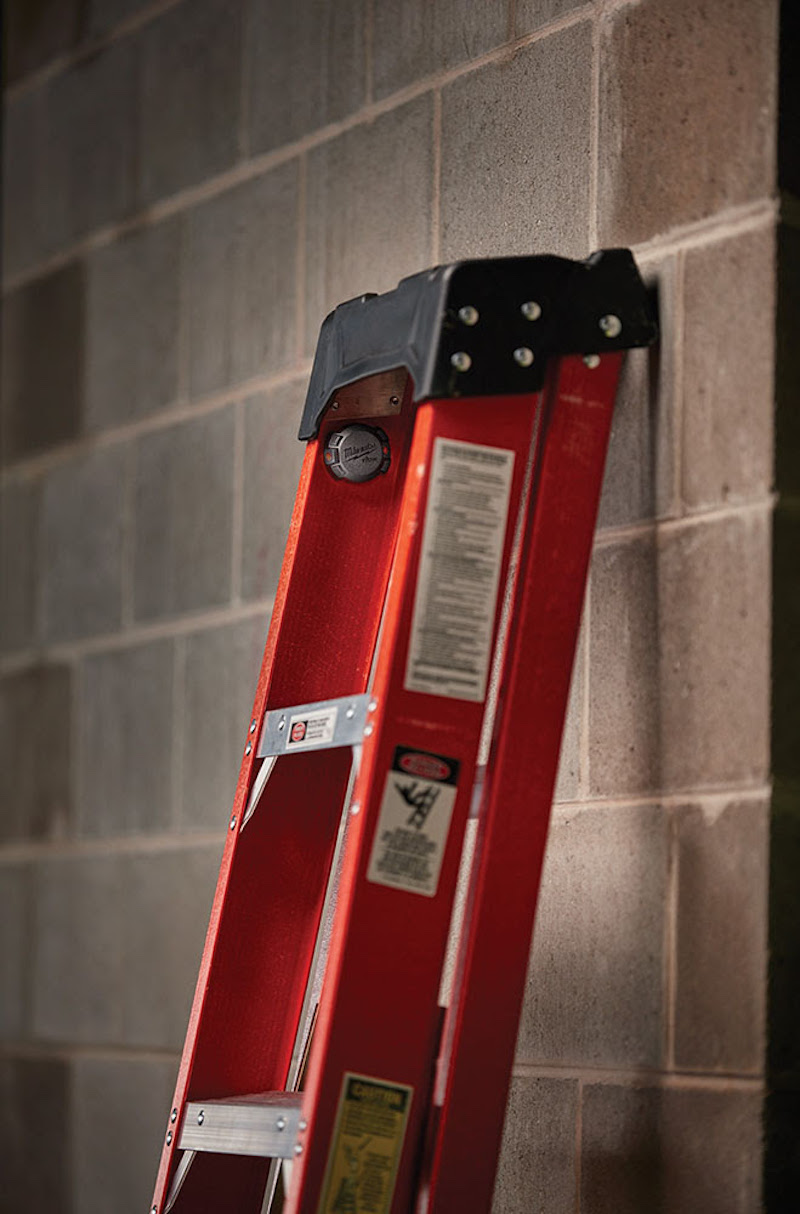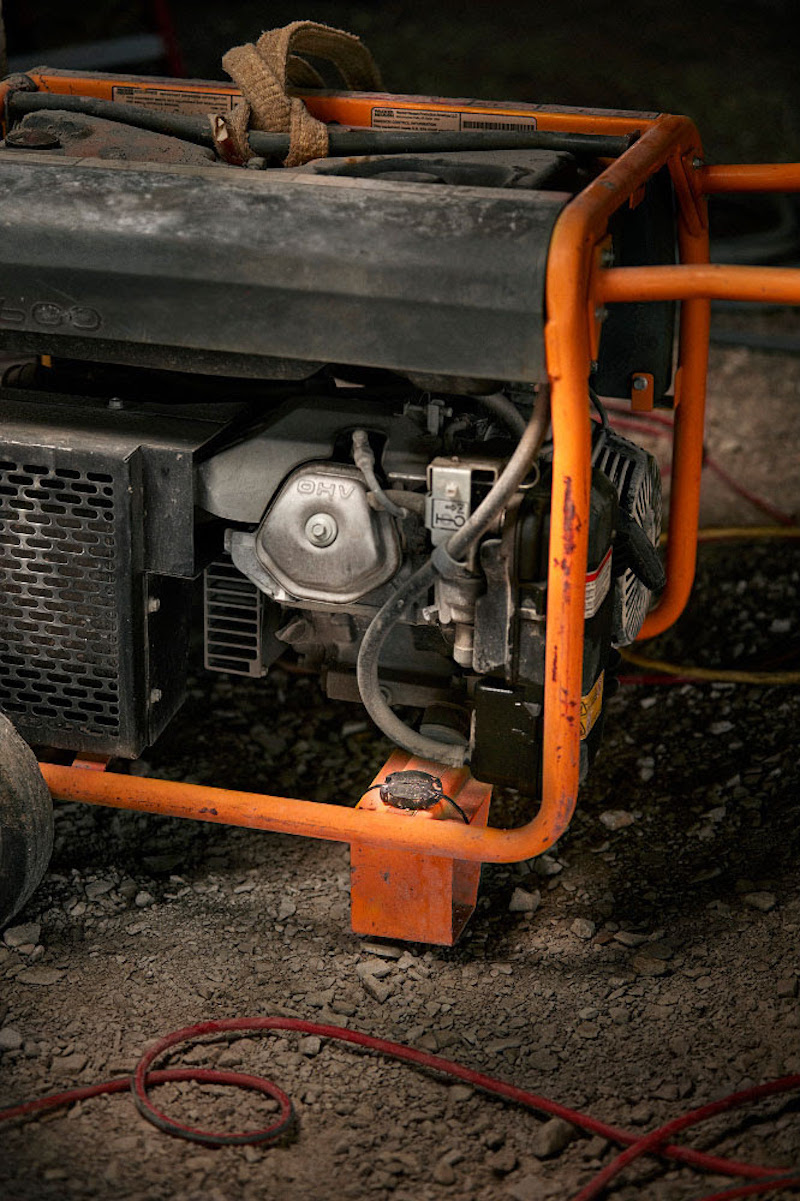Losing a tool or piece of equipment is frustrating, but it can also be expensive. Between the cost of replacing a tool if it isn’t found and the time lost looking for a misplaced tool, a company’s bottom line can be significantly affected. In fact, it is estimated that a single lost tool on a jobsite can increase the time spent completing a task by over 30%. And, according to Milwaukee Tool Senior Product Manager, Steve Matson, over the length of a large project this increased time spent completing a task can add up to tens of thousands of dollars in wasted labor.
That’s where the Tick comes in, a Bluetooth tool and equipment tracker that can easily be attached and hidden on any tool or piece of equipment. The Tick pairs with Milwaukee’s One-Key app and, once paired, tool records and locations are updated when any device with the One-Key app comes within 100 feet. Regardless of whether the device with One-Key has the app open or not, the location updates are transmitted, allowing users to pinpoint the missing tool.
The Tick has a low profile and flat back that, Milwaukee claims, allows it to be attached to anything via glue, screw, rivet, or strap. Its round shape allows it to be easily hidden out of sight on, for example, the underside of a ladder or a miter saw stand.
Because jobsites are not always the most hospitable of places, the Tick has a water and dust-tight enclosure to protect internal components and UV rated plastics to keep the device from becoming brittle when exposed to extended periods of direct sunlight. The tracker also uses a rugged electronics housing that can stand up to high vibration and impact.
The Tick will be available in February of this year in a 1-pack for $29, a 4-pack for $99, a 10-pack for $219, and a 50-pack from $999.


Related Stories
| Aug 11, 2010
Lifestyle Hotel Trends Around the World
When the Rocco Forte Collection opens the Verdura Golf & Spa Resort in Sicily in early 2009, the 200-room luxury property will be one of the world's newest lifestyle hotels. Lifestyle hotels cater to guests seeking a heightened travel experience, which they deliver by offering distinctive—some would say avant-garde, or even outrageous—architecture, room design, amenities, and en...
| Aug 11, 2010
Special Recognition: Kingswood School Bloomfield Hills, Mich.
Kingswood School is perhaps the best example of Eliel Saarinen's work in North America. Designed in 1930 by the Finnish-born architect, the building was inspired by Frank Lloyd Wright's Prairie Style, with wide overhanging hipped roofs, long horizontal bands of windows, decorative leaded glass doors, and asymmetrical massing of elements.
| Aug 11, 2010
Giants 300 Index and Methodology
BD+C's annual Giants 300 list consists of U.S. firms that designed or constructed the largest volume of commercial, institutional, industrial, and multifamily residential buildings in 2008. Each spring, the editors survey the country's largest firms, ranking the top 300 across six categories: architects, architect/engineers, engineers, engineer/architects, contractors, and construction managers.
| Aug 11, 2010
The pride of Pasadena
As a shining symbol of civic pride in Los Angeles County, Pasadena City Hall stood as the stately centerpiece of Pasadena's Civic Center since 1927. To the casual observer, the rectangular edifice, designed by San Francisco Classicists John Bakewell, Jr., and Arthur Brown, Jr., appeared to be aging gracefully.
| Aug 11, 2010
Education's Big Upgrade
Forty-five percent of the country's elementary, middle, and high schools were built between 1950 and 1969 and will soon reach the end of their usefulness, according to the 2005–2008 K-12 School Market for Design & Construction Firms, published by ZweigWhite, a Massachusetts-based market-research firm.
| Aug 11, 2010
Great Solutions: Technology
19. Hybrid Geothermal Technology The team at Stantec saved $800,000 in construction costs by embedding geothermal piping into the structural piles at the WestJet office complex in Calgary, Alb., rather than drilling boreholes adjacent to the building site, which is the standard approach. Regular geothermal installation would have required about 200 boreholes, each about four-inches in diameter ...







